Christmas guarantee presents, rights? Well only if you behaved, which often ruined my chances. Still, small piece of child, deep down there, still hopes to unbox some surprises. However, as we get older, one needs to be frank with her/himself on if you actually have dopamine surge in scavenging surprises for others or you rather indulge yourself in untying ribbons and tearing the gift papers.
When you get yet one more rank mature, you build rituals also for days after the gifts Hunger games. For more than 5 years in row I have a secret, trump (hopefully, now this word finally cleared off the side meanings) card up my sleeve. Time window between Boxing day and New year’s dawn I devote to reading spectacular compilation of WIRED magazine trends. Submerging into this immensely eye-opening compilation of “things-you-didn’t-expect-to-come-yet” is not only fun to read (and savior from all cookies gobbling), but an inspiration well for up-skilling or new year’s resolutions.
I was surprised how little of spontaneous awareness this masterpiece has, though you can order it publicly (or buy in international press newsstands). Let me be this year once more your fast track through trends you REALLY ought to be aware of. This year in a bit different blog format (which is aftermath of one of the very trends):
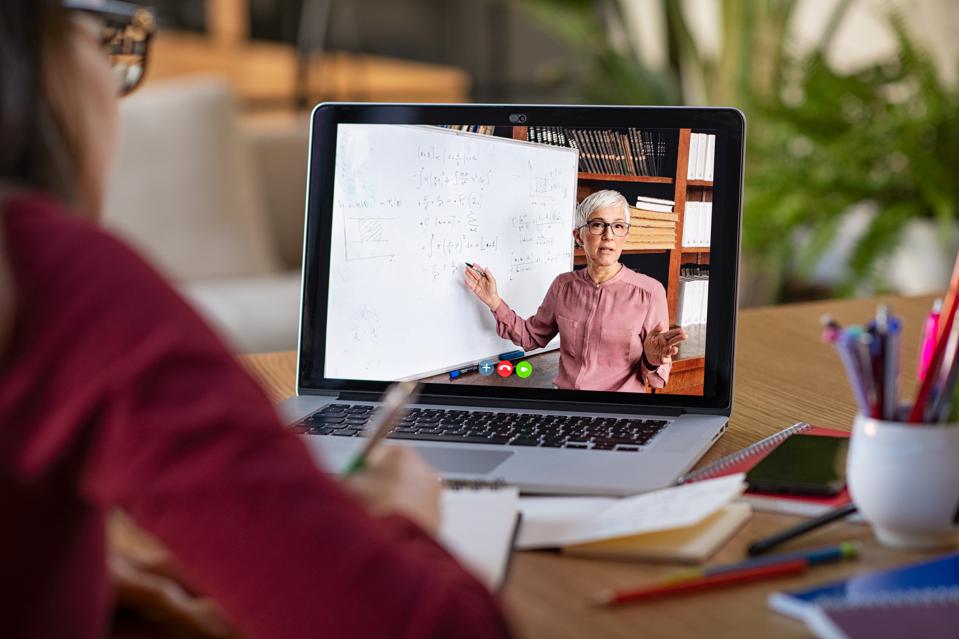
AI will enhance REMOTE LEARNING [2021 trends]
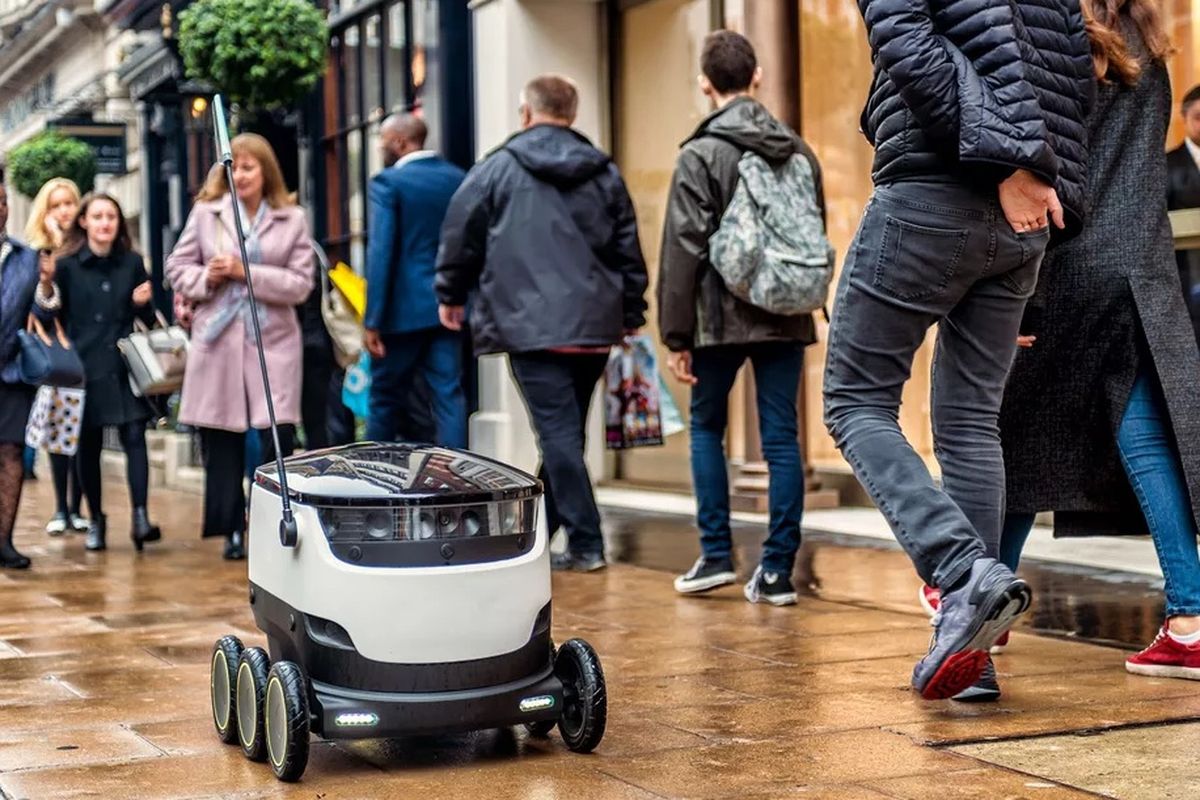
MACHINE LEARNING goes physical [2021 trends]

QUANTUM gets networked [2021 trends]
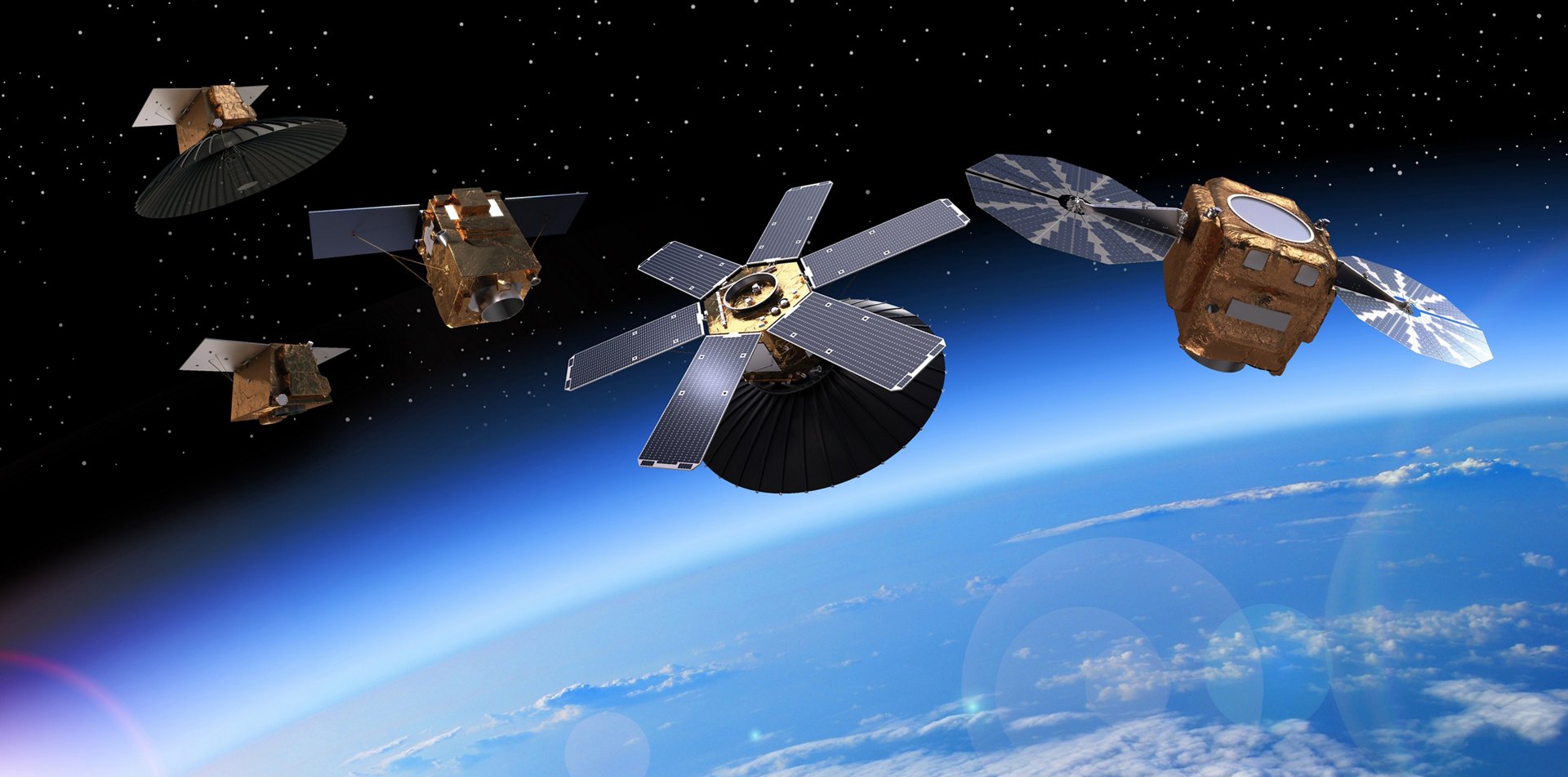
Does your insurance cover HITTING A SATELLITE? [2021 trends]

REMOTE WORK goes from bare minimum to … [2021 trends]
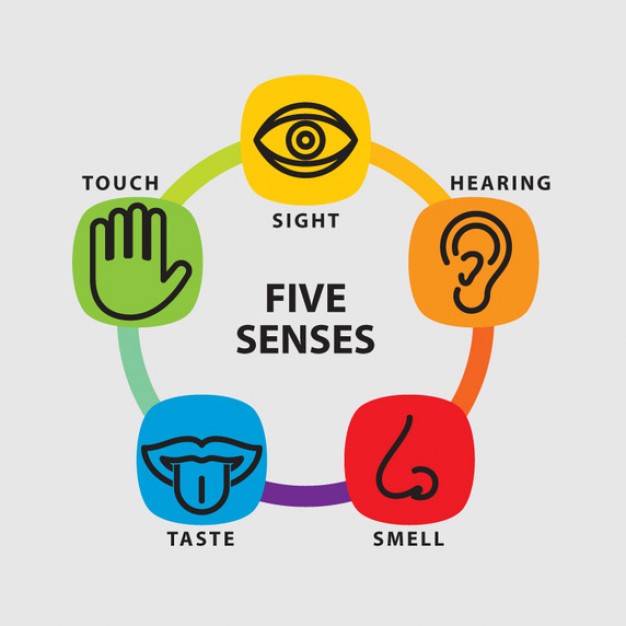
Yet ANOTHER SENSE we surrender to computers [2021 trends]

AI will DETECT DECEASES at their earliest stages [2021 trends]

CITIES rebrand, STATES reposition [2021 trends]

AUTONOMOUS VEHICLES finally find their market [2021 trends]

LIFESTYLE morphs towards communities [2021 trends]
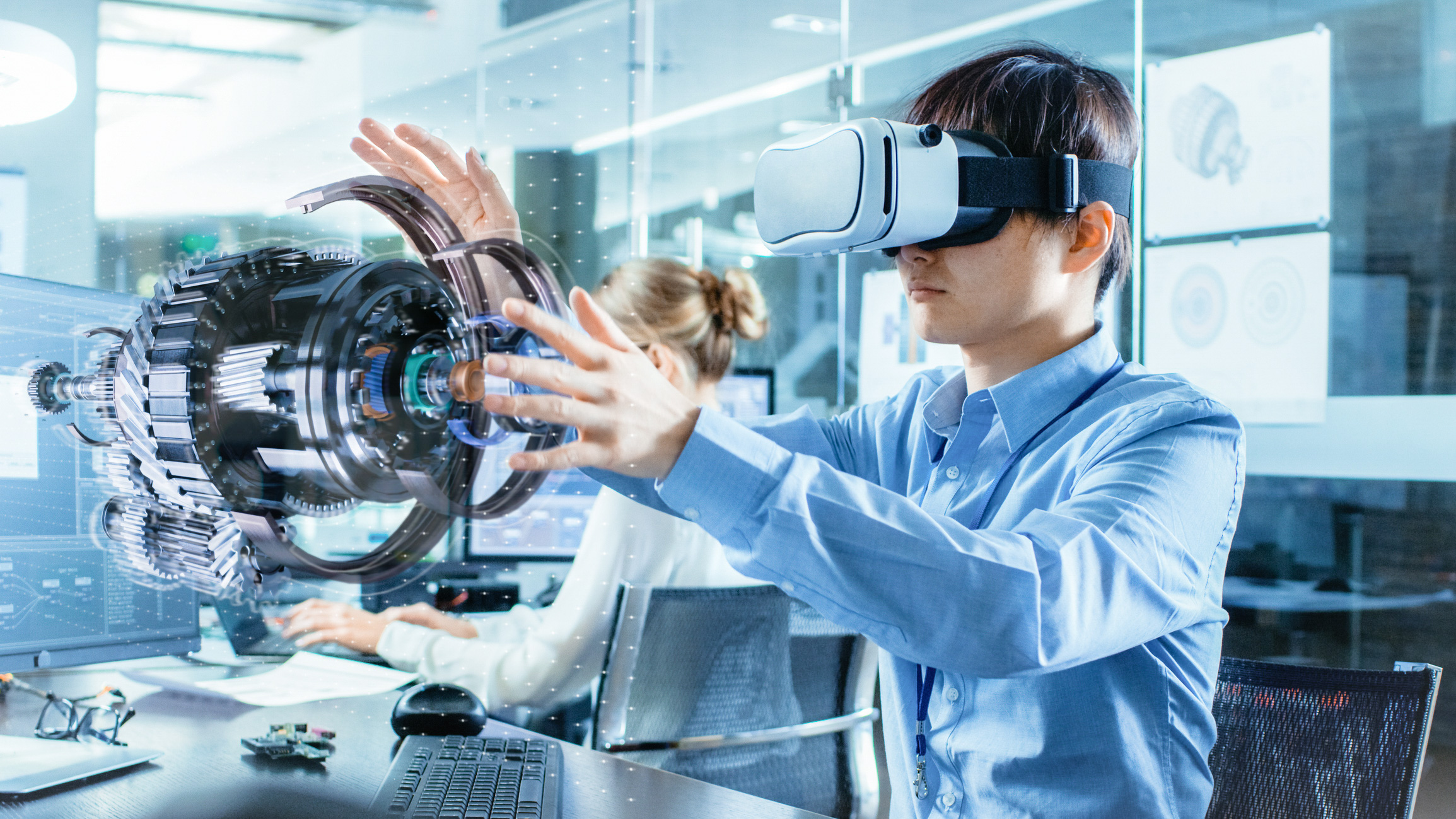
VIRTUAL-FIRST will take its opening shots [2021 trends]

RECRUITMENT will disconnect from your location [2021 trends]

We agree to PAY to be FREE OF ADVERTS [2021 trends]

STORY-telling moves to PHONES [2021 trends]


